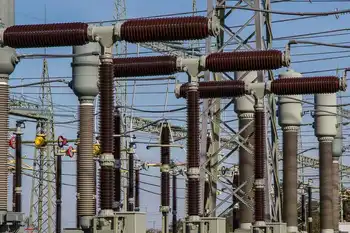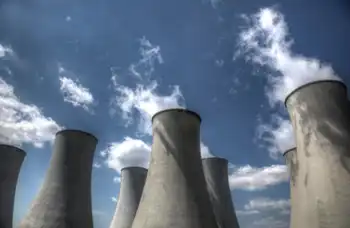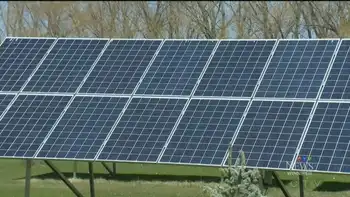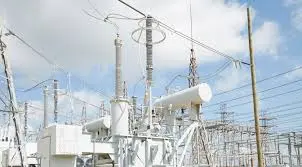New scrubbers cut Brunner Island emissions
By Lancaster New Era
NFPA 70e Training
Our customized live online or in‑person group training can be delivered to your staff at your location.

- Live Online
- 6 hours Instructor-led
- Group Training Available
PPL chose the former. And now, three years and $800 million later, the coal-fired electricity-generating station has achieved its goal.
"This will keep the plant in compliance for the extended future," PPL spokesman George Lewis said.
The project represents a strategic shift for PPL, which had been keeping the York County facility in compliance by using the latter strategy.
PPL had been buying "allowances," a kind of credit, from other utilities that had power plants under emissions limits, and applying them to Brunner Island.
It also had been transferring "allowances" to Brunner Island from its other coal-fired power plants that were under their limits.
But knowing that the limits were to get much tighter, and allowances much costlier, PPL figured Brunner Island needed a long-term fix so it could stand on its own.
PPL's solution was to install two scrubbers that will reduce the plant's sulfur dioxide emissions by 95 percent, from about 105,000 tons annually to about 5,000 tons annually.
Installation of the first scrubber was completed in the spring, the second last week.
Under the 1990 Clean Air Act, Brunner Island — on the west side of the Susquehanna River, opposite Conoy Township — now is allowed to emit 48,195 tons of sulfur dioxide annually.
That maximum will fall to roughly 24,100 tons a year starting January 1, and to 16,900 tons a year starting January 1, 2015, said Lewis.
But thanks to the scrubbers, Brunner Island will be well below those ceilings — good news for Lancaster County and other places downwind.
As a result, Brunner Island's role will be reversed.
Rather than need allowances, it will create allowances. Those could be worth millions of dollars for PPL, though the price fluctuates.
Scrubbers use a mixture of limestone and water in a chemical process that transforms sulfur dioxide from the plant's exhaust into synthetic gypsum and water vapor.
The synthetic gypsum is collected for use in making cement and wallboard. The water vapor is released through the plant's new 600-foot-tall chimney.
The scrubbers also will reduce mercury and other materials from the emissions, as a side benefit, by unknown degrees, PPL said.
Besides installing scrubbers, the project replaced two electrostatic precipitators that capture ash and fine particles, built a treatment plant for water used in the scrubbers, and built equipment to handle and store the limestone and synthetic gypsum.
The project cost will not be passed on to PPL customers, Lewis noted. The plant is part of the corporation's PPL Generation division. Electric users are served by PPL Electric Utilities.
Brunner Island, a three-unit, 1,500-megawatt power plant built in the 1960s, is among PPL's three biggest power plants in Pennsylvania.
It employs 280 people, including 30 recently hired to run the scrubbers and related equipment.
In other power-plant news, PPL said that the operating licenses for both reactors at its Susquehanna nuclear facility in Berwick, Luzerne County, have been extended 20 years.
Susquehanna is PPL's biggest power plant.
The Nuclear Regulatory Commission approved lengthening Unit 1's license to 2042 and Unit 2's license to 2044. PPL, which applied for the license renewal in 2006, said it spent $18.2 million on the renewal process.











